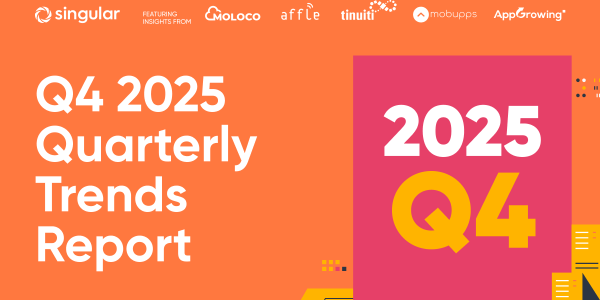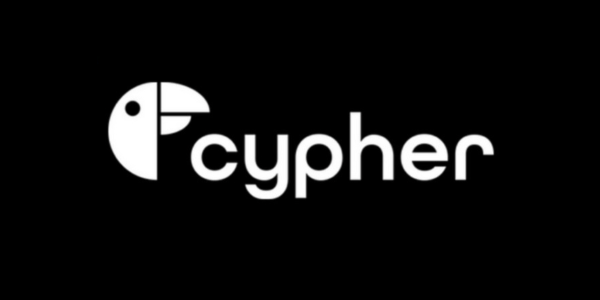Pollen VC launch new tool to compare ad network CPMs by payment terms

Pollen VC, a leading provider of credit facilities for app developers have launched a new online calculator designed to help publishers compare their adnetwork CPMs based on their payment terms.
The payment terms of mobile ad networks differ vastly, with most networks offering terms between Net 15 and Net 60 days with publishers receiving payment between 15 and 60 days from the end of the month when the impression was served.
Pollen argue that whilst publishers are rightly focused on achieving the highest CPMs for their ad inventory they are overlooking the financial impact on their business caused by the lengthy and non-standard payment cycles. Specifically, the opportunity cost of not being able to reinvest proceeds from ad revenue into additional user acquisition. This can result in money being left on the table for publishers and missed revenues for advertising networks.
Martin Macmillan, CEO & Founder at Pollen VC commented: “Real time app bidding is a big step forward for the mobile app industry. The mobile ads market is evolving from one historically plagued by lack of transparency and manual operational overhead, to a new world order which moves towards a real-time bidding auction for ad impressions which squeezes out many of the inefficiencies out of the previous model.”
“But as the bidding model continues to evolve, savvy media buyers and ad monetization managers need to better understand their underlying financial dynamics, and how they can better optimize their growth opportunities. Many publishers are leaving money on the table by not taking the time to understand these underlying financial dynamics.”
Time value of money
A $10 CPM that pays out in 90 days is less valuable than a $10 CPM that pays out in 7 days. If a publisher has to wait an additional 83 days, they are missing out on the opportunity to reinvest that cash into customer/traffic acquisitions that could generate a positive ROI.
In order to compare ad CPMs on a level playing field, the actual days until payment needs to be taken into account. This is achieved by applying a discount factor based on days until funds will be received and a known cost of capital. The resulting number – the discounted CPM or dCPM - is the value to the company today, assuming it had to pay to borrow the money until the ad networks ultimately paid out.
Macmillan added: “The dCPM calculator will allow publishers to compare ad networks on a level playing field and look beyond just the headline CPM, applying some financial discipline to look more rigorously at the true CPMs generated at a financial level.The most important factor to consider is the opportunity cost to the publishers. It may only be a few cents difference in headline CPM but could make a huge difference to the publisher who is kept waiting before reinvesting back into more user acquisition or traffic to their website.”
In the new world of real time bidding, publishers are focussed on achieving the highest CPMs but are often disconnected from their finance teams, they focus on the headline CPMs as opposed to considering when their “trade” will actually settle, thus not seeing the full picture. Understanding dCPM as a metric can help publishers make better informed choices about whose ads they prioritize when using dCPM as their primary metric.
By Gamesforum Staff











